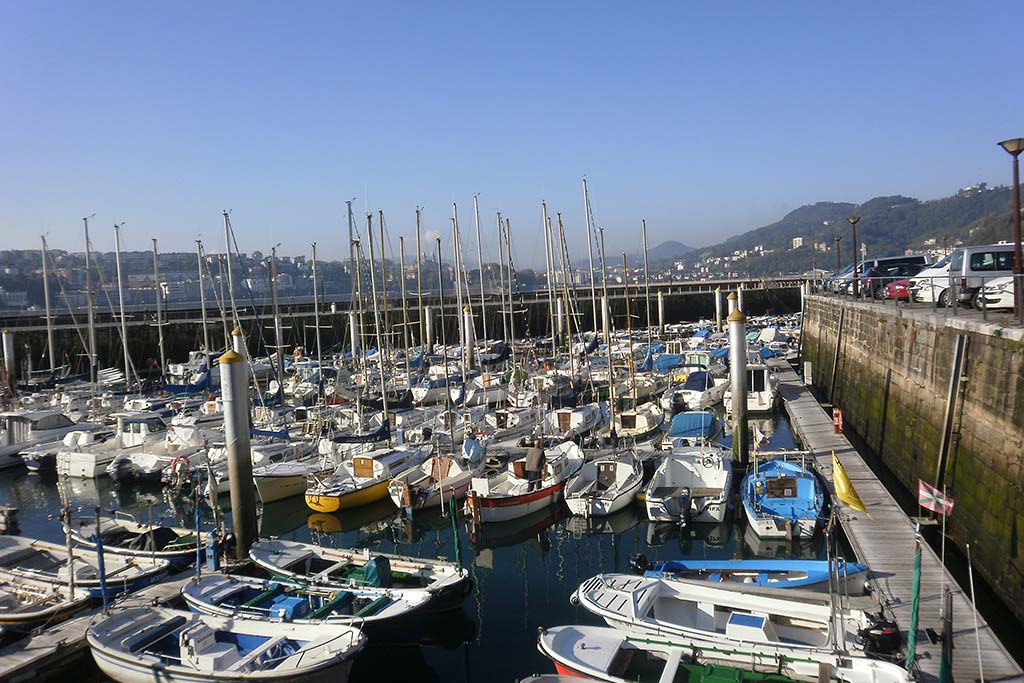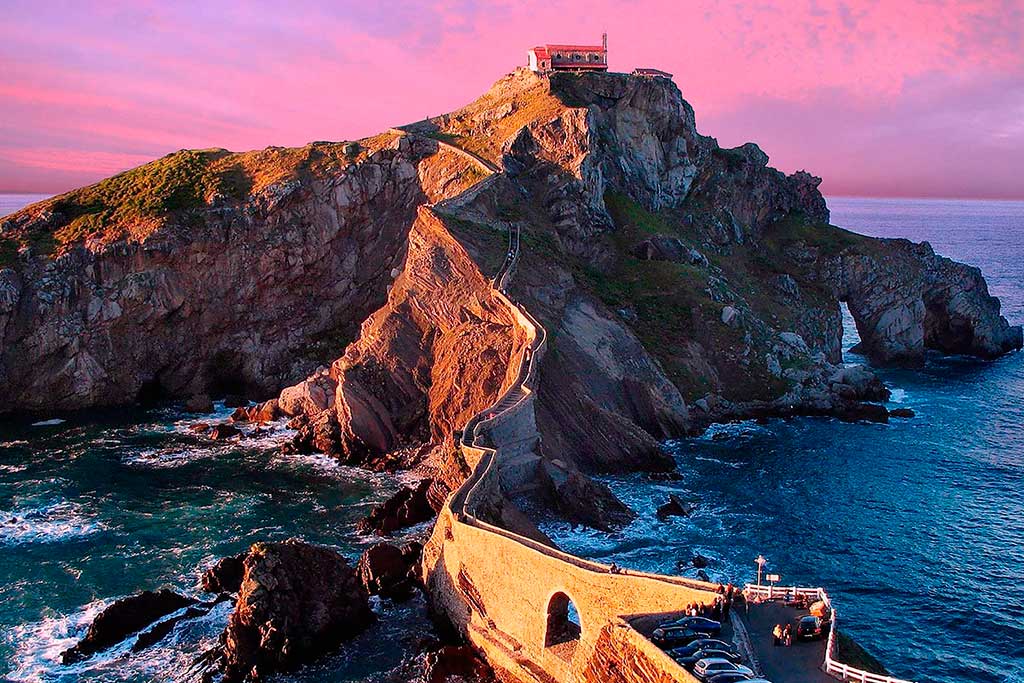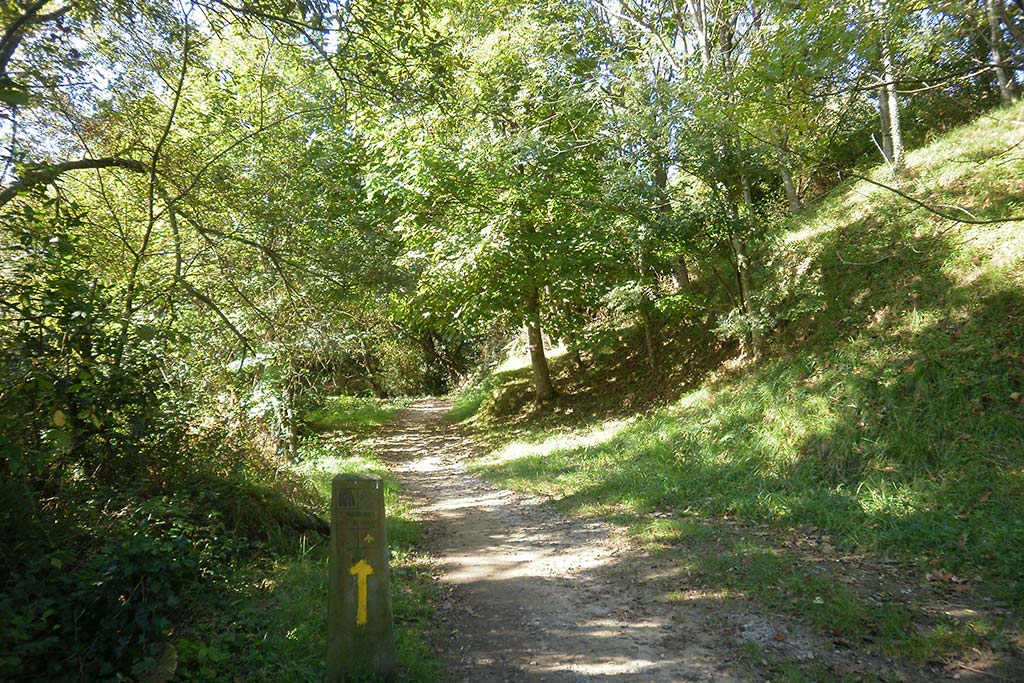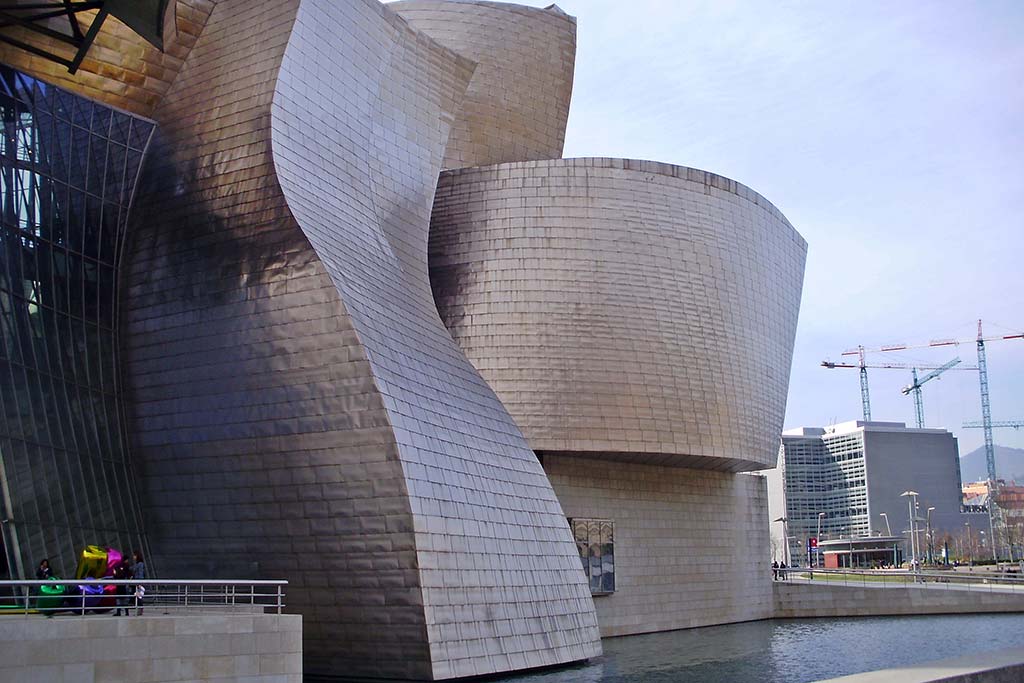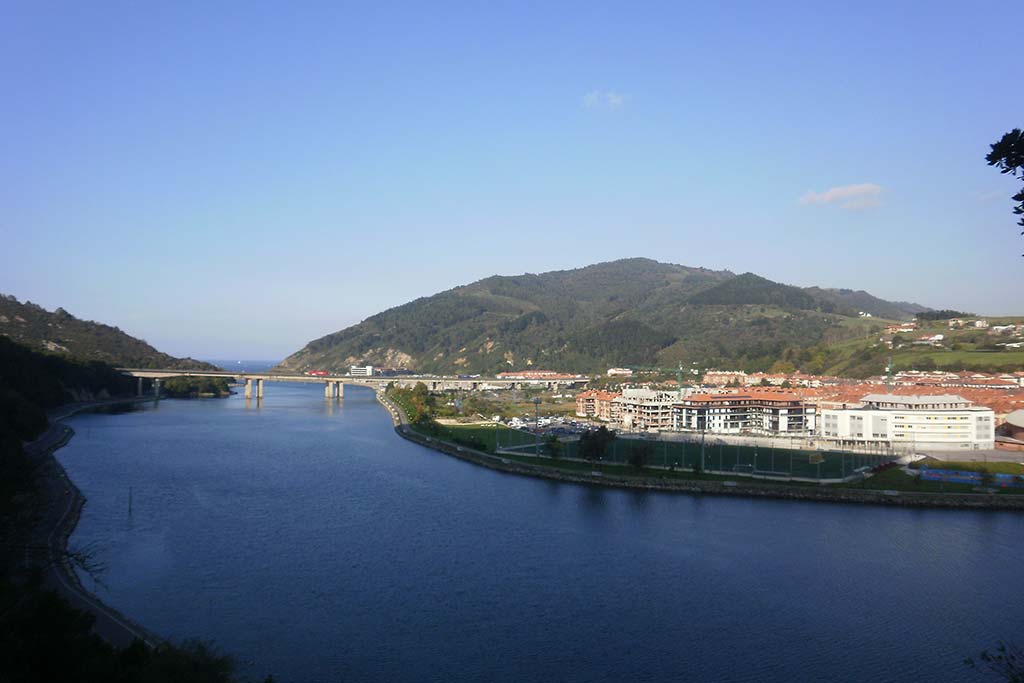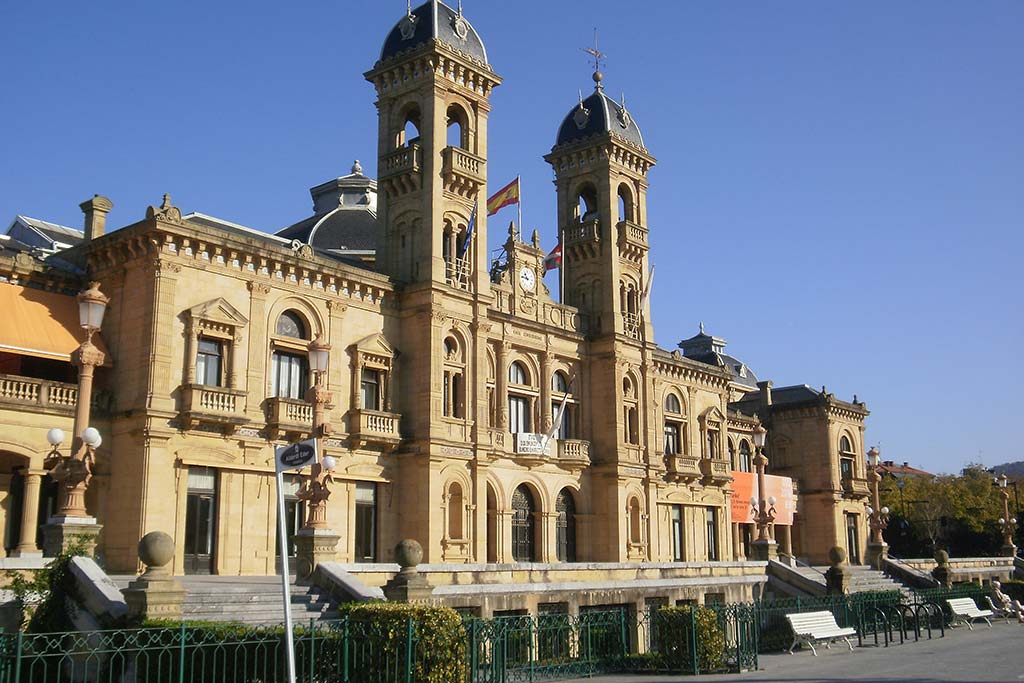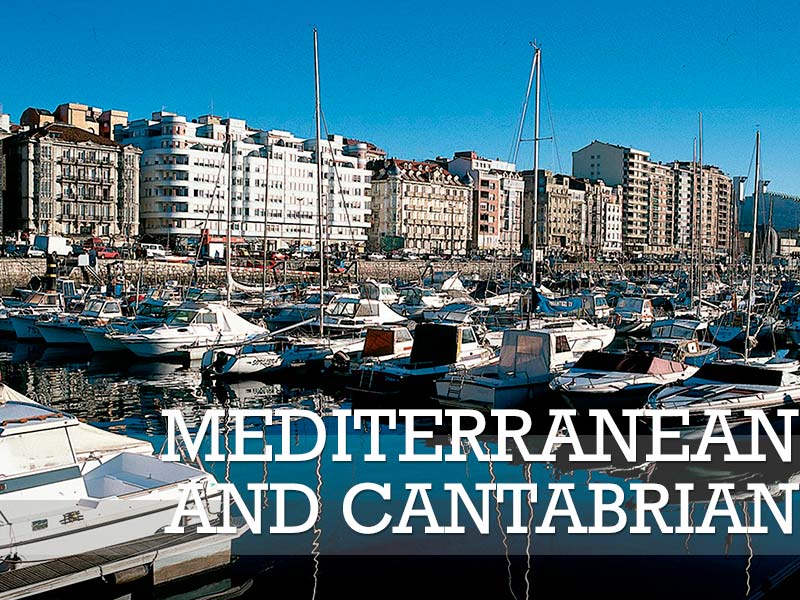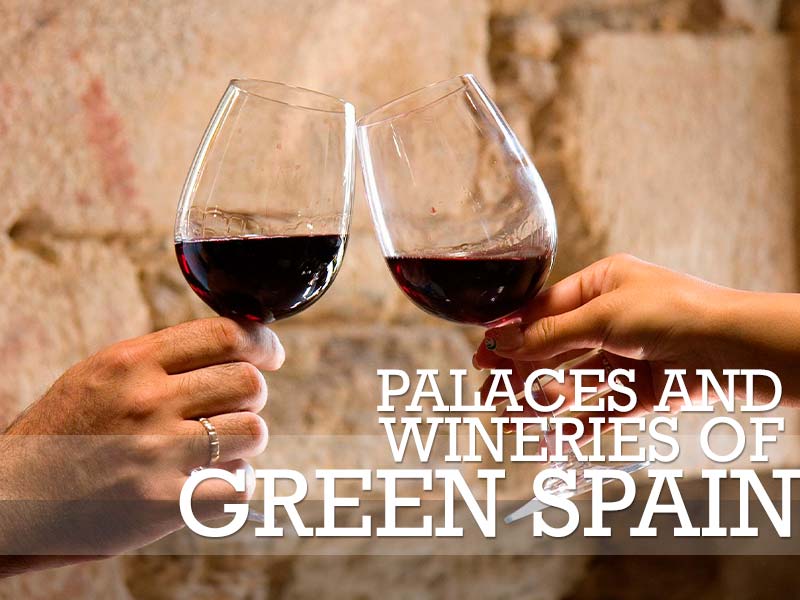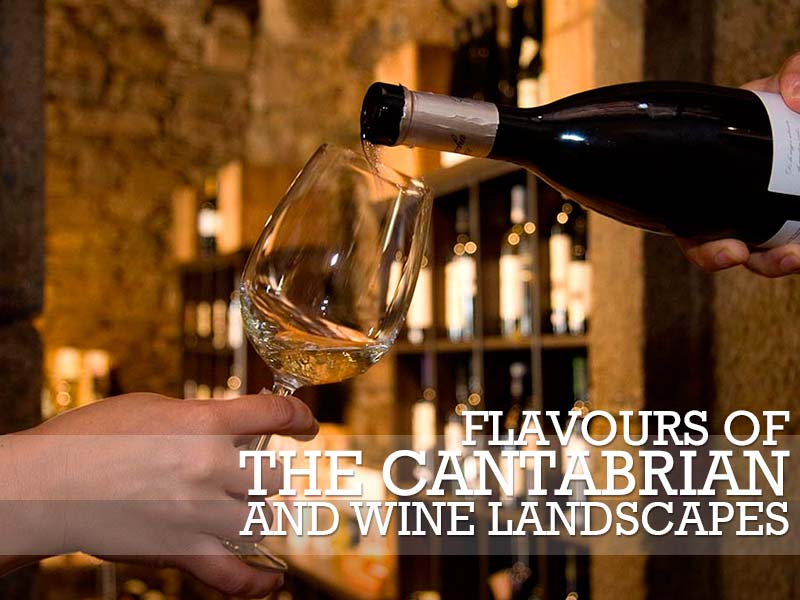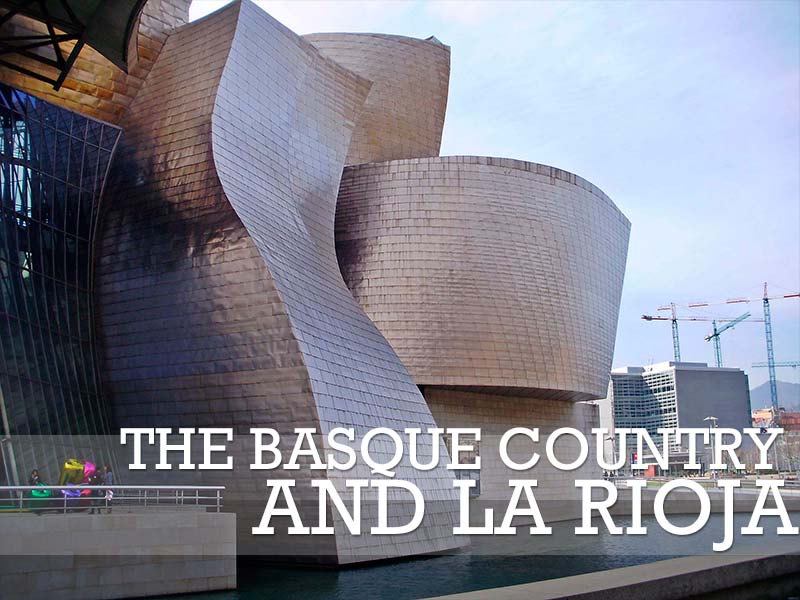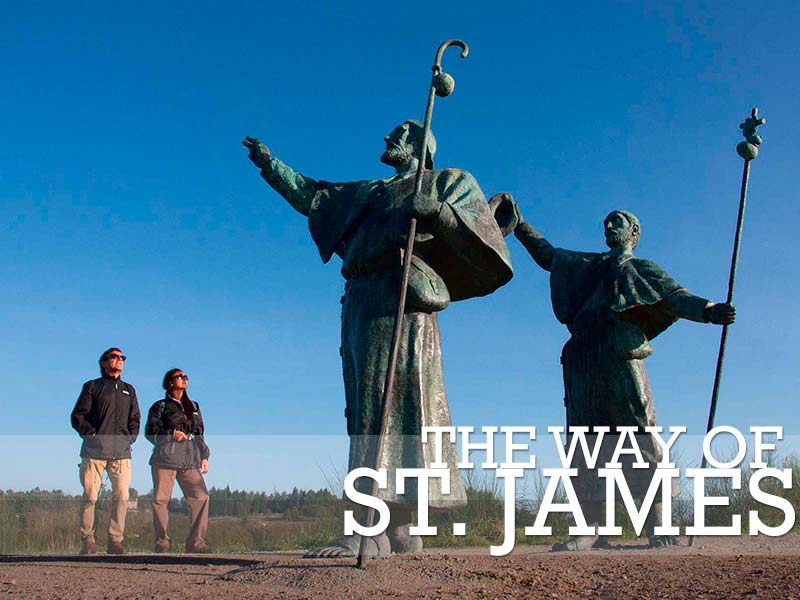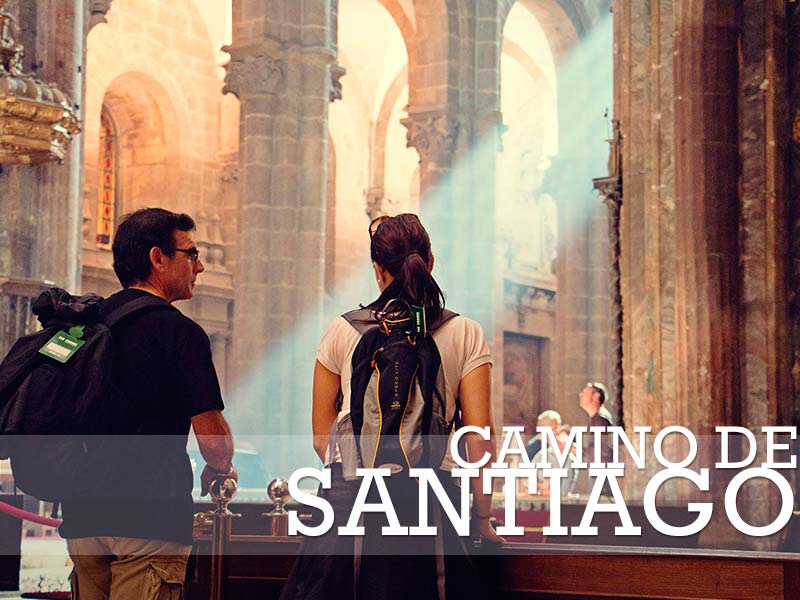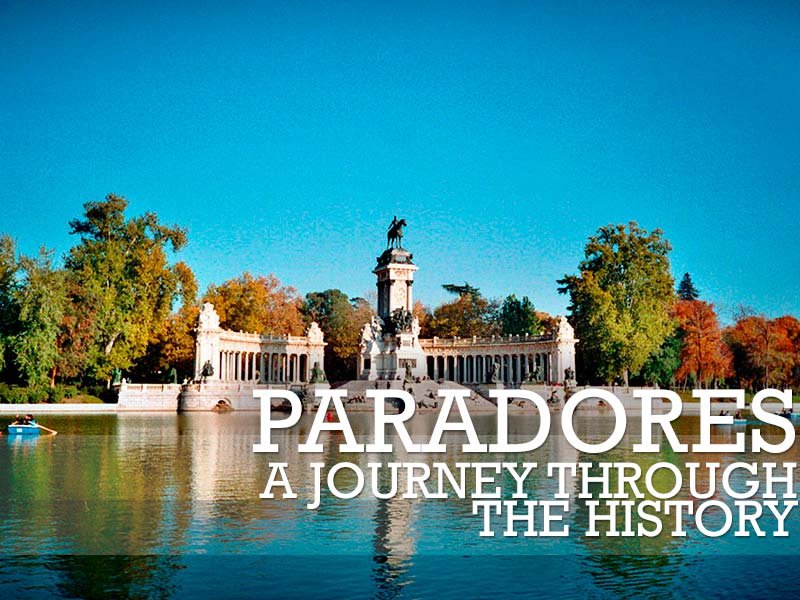
The gastronomy of the Basque Country is rated very highly in both Spain and abroad.
This autonomous community covers an area of 7234 km² and has a population of 2,184,606. The country is made up of the provinces of Álava, Guipúzcoa and Vizcaya. Vitoria (whose name in Basque is ‘Gasteiz’) is the capital city of Álava and is home to the Basque Government and Parliament.
The two provinces on the coast are Guipúzcoa, whose capital city is San Sebastián, and Vizcaya, whose capital city is Bilbao. The Basque coast has many towns and villages whose main trade is cabotage and deep-sea fishing. It also has whaling villages such as Zarautz and Getaria. Large ports, such as that of Bermeo, the most important coastal fishing port on the Cantabrian, mark out a coast with a large number of beaches that have attracted tourists over the years for their summer holidays or to surf the spectacular waves of Mundaka, Mutriku and Sopelana.
San Sebastián (whose name in Basque is ‘Donostia’) is flanked by the Urgull and Igeldo Mountains and stands as the capital city of Guipúzcoa. The Bay of La Concha is its most charismatic area and its most important events include the Semana Grande Donostiarra (second week of August), the small fishing boat regattas in La Concha and the glamorous international film festival in the second fortnight of September. San Sebastián was European Capital of Culture in 2016.
Bilbao (whose name in Basque is ‘Bilbo’) is the capital city of Vizcaya. Situated in the Valley formed by the Rivers Nervión and Ibarzábal, it holds its Semana Grande from 15 to 25 August. The Guggenheim Museum has become a symbol of the artistic avant-garde.
Special mention must also be made of Guernica (whose name in Basque is ‘Gernika’), which is an emblematic town for the Basque people. For centuries, lords and kings swore their allegiance under the shadow of the 100-year-old oak tree that marked the place for the General Meetings of the Government of Vizcaya. It was bombed by the Condor Legion during the Spanish Civil War. This event inspired Pablo Picasso to paint his famous painting, El Guernica.
As the capital of the Basque Country, Vitoria is home to the autonomous community’s main political institutions: the Government and the Basque Parliament. However, its best-known attraction is undoubtedly the Cathedral of Santa María, or the Old Cathedral. It was the building that inspired Ken Follett’s novel, World Without End, and it has made Vitoria internationally famous. The initiative titled “Open for restoration” allows tourists to visit the restoration work that is being carried out on the building. The extension of the 19th century is a practical pedestrian zone and also the city’s main commercial area.
GALLERY
TOURS IN THE BASQUE COUNTRY


